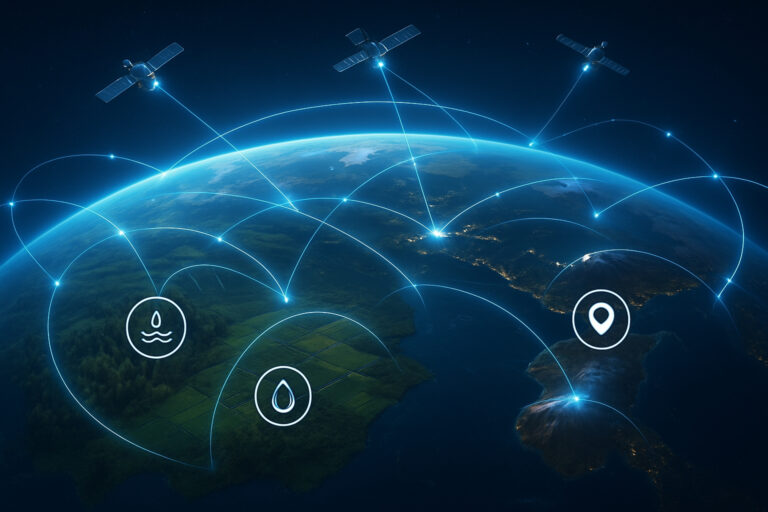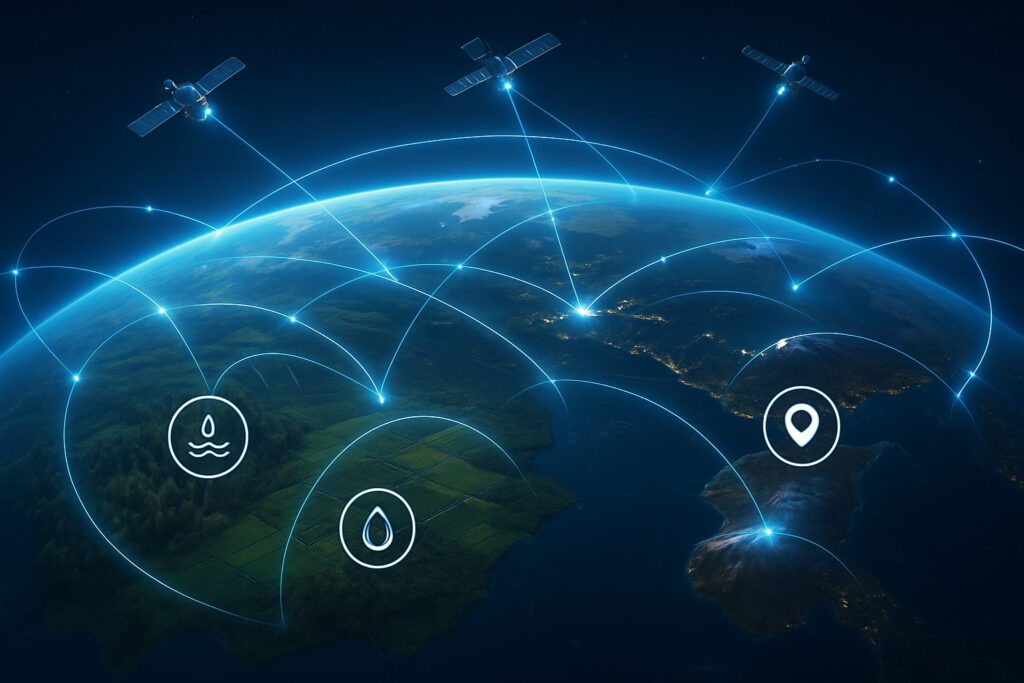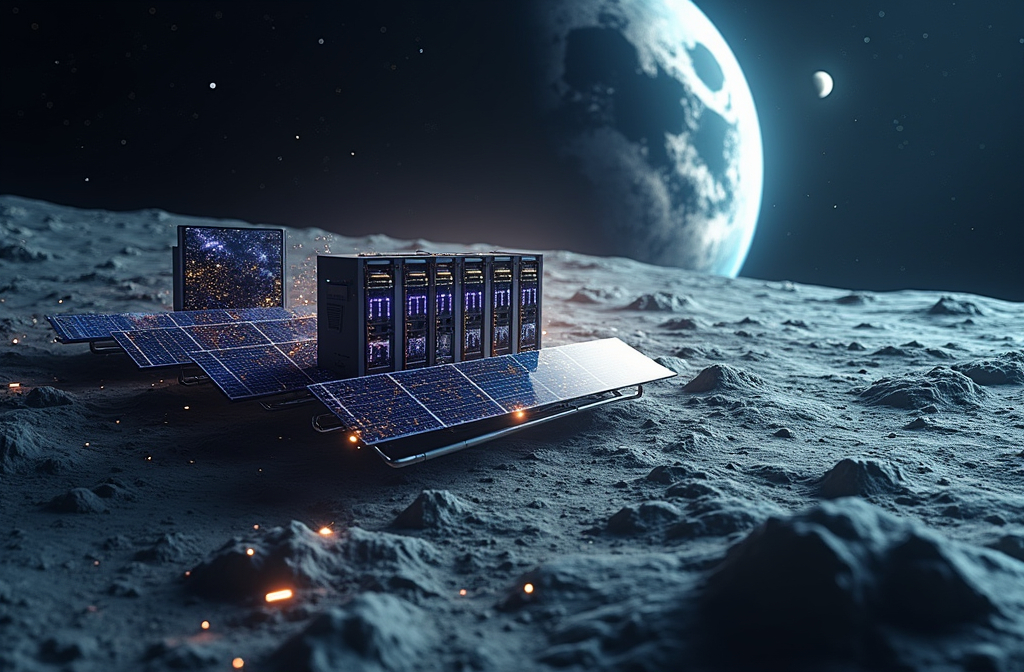Imagine tiny smart sensors tracking livestock in remote mountains, alerting firefighters to wildfires in real time, or monitoring pollution in rivers that used to be off the grid. Now imagine all of this happening without cell towers or Wi-Fi. Sounds futuristic? It’s already here, thanks to satellite-powered IoT using NTN (Non-Terrestrial Network) LoRaWAN technology.
Three game-changing companies—Lacuna Space, EchoStar Mobile, and Plan-S—are leading a revolution in how the Internet of Things (IoT) works in places previously left out of the digital world.
What’s So Special About LoRaWAN Satellites?
LoRaWAN is a low-power, long-range communication technology that’s perfect for small sensors. When paired with satellites—whether in low, medium, or geostationary Earth orbit—it becomes a global force for good. No cell service? No problem.
Let’s break down the real-world impact these companies are creating:
Lacuna Space: River Monitoring from Outer Space
Use Case: The Teifi River in Wales had no cell coverage, which blocked pollution data and slowed government action. Lacuna’s satellite-connected sensors changed that, transmitting water quality data across 120 km of remote valley.
Why It Matters: Now decision-makers can act fast, using real-time data to keep ecosystems safe and healthy.
EchoStar Mobile: Wildfire Detection and Smart Farming
Use Case: EchoStar’s satellite services are enabling wildfire prevention, precision farming, and critical infrastructure monitoring across Europe and the U.S.
A notable example: Their partner Dryad Networks won a Mobile World Congress award for using satellite IoT to stop wildfires before they spread.
Bonus: They’ve built a dongle that turns your phone into a satellite phone—lifesaving tech for remote workers or hikers.
Plan-S: Cutting Energy Costs and Saving Water
Use Case: In Turkey, Plan-S helped energy companies read remote electricity meters via satellites—cutting costs by 25% and carbon emissions by 50%.
Other Wins:
- Detecting massive water leaks (up to 40%) through smart pipe monitoring
- Boosting crop yields through soil health sensors
- Monitoring solar panels and predicting weather for farmers
Why You Should Care
This isn’t just about advanced technology. It’s about real problems being solved right now:
- More efficient farming to feed a growing world
- Safer environments through disaster prevention
- Cleaner energy and less waste
And it all works with small, battery-powered devices that send signals to space using frequencies similar to your car’s key fob.
The Future Is Hybrid, Seamless, and Sustainable
The LoRa Alliance is making it easier than ever to use satellite IoT anywhere in the world. With better global regulations, new frequency bands, and plug-and-play developer kits, the NTN LoRaWAN ecosystem is just getting started.
Whether it’s monitoring a glacier, tracking an oil pipeline, or protecting endangered wildlife, satellites are now part of the Internet of Everything.
Check out the cool NewsWade YouTube video about this article!
Article derived from: Leveraging Satellites for Global Connectivity: The Future of NTN LORaWAN IoT | IoT for All. (n.d.). IoT for All. https://www.iotforall.com/ntn-lorawan-iot-satellites
















